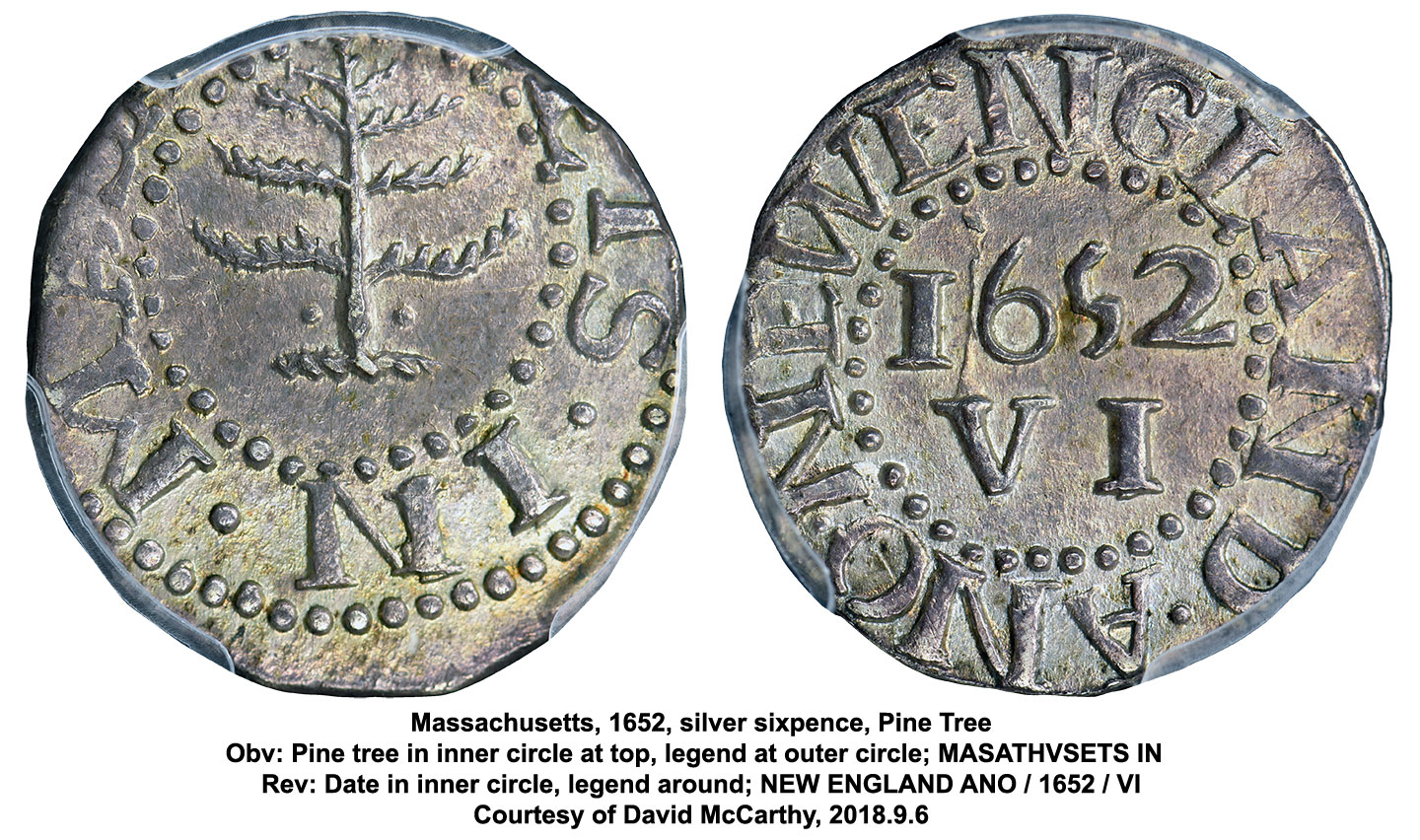

(You will be leaving and accessing a non-NCUA website. To learn more about the history of money, visit: In 1914, the Federal Reserve Banks began issuing Federal Reserve notes - the only currency still being manufactured today by the Bureau of Engraving and Printing. This Act authorized the Federal Reserve Banks to issue Federal Reserve Bank notes. In 1913, Congress passed the Federal Reserve Act, establishing this nation's Federal Reserve System.

government and carried the same basic design. These were called "national bank notes," but unlike the earlier "state bank notes," they were produced on paper authorized by the U.S.
FIRST AMERICAN COINS SERIES
However, the last series of modern silver certificates produced were the series 1957B/1935H $1 notes, series 1953C $5 notes, and 1953B $10 notes.ĭuring the period from 1863 to 1929, the Government again permitted thousands of banks to issue their own notes under the National Banks Acts of 18. The last series of silver certificates was issued in 1923. The Treasury exchanged silver certificates for silver dollars because the size and weight of the silver coins made them unpopular. Under Congressional Acts of 18, five different issues of "silver certificates" were produced, ranging from $1 to $1,000 dollar notes. (Series 1889 One Dollar Silver Certificate) The first paper money issued by the government were "demand notes" commonly referred to as "greenbacks." In 1862, Congress retired the demand notes and began issuing United States notes, also called legal tender notes. With the onset of the Civil War, the government - desperate for money to finance the war - passed the Act of July 17, 1861, permitting the Treasury Department to print and circulate paper money. Eventually, 7,000 varieties of these "state bank notes" were put in circulation, each carrying a different design! In the interim years, however, the government did issue "Treasury notes" intermittently during periods of financial stress, such as the War of 1812, the Mexican War of 1846, and the Panic of 1857.ĭuring this same period (1793 - 1861), approximately 1,600 private banks were permitted to print and circulate their own paper currency under state charters. The government did not issue paper money until 1861. coins were struck in 1793 at the Philadelphia Mint and presented to Martha Washington. By this Act the U.S., became the first country in the world to adopt the decimal system for currency. Constitution was ratified, Congress passed the "Mint Act" of April 2, 1792, which established the coinage system of the United States and the dollar as the principal unit of currency. Image courtesy of United States Secret ServiceĪfter the U.S. (Series 1886 Martha Washington One Dollar Certificate - Martha Washington is the first and only woman to grace the primary portrait of U.S. The depreciation of this currency gave rise to the phrase "not worth a Continental." Paul Revere made the first plates for this "Continental Currency." Those notes were redeemable in Spanish Milled Dollars. However, in 1775, when the Revolutionary War became inevitable, the Continental Congress authorized the issuance of currency to finance the conflict.

Early American colonists used English, Spanish and French money while they were under English rule.


 0 kommentar(er)
0 kommentar(er)
